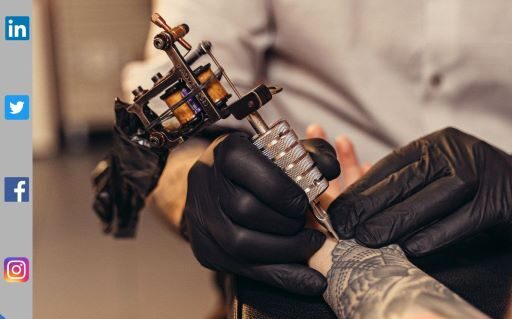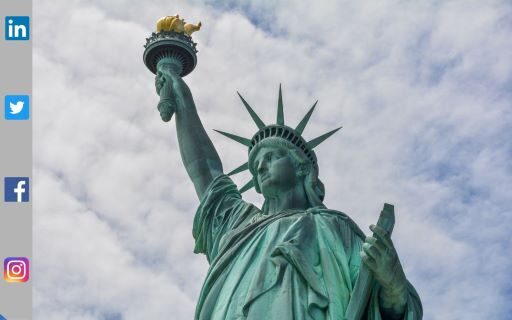BharatPe ‘failed fintech’ it has no business left: Ashneer Grover with stats
BharatPe, the Indian fintech company, has been making headlines lately, with its former CEO Ashneer Grover claiming that the company has “no business left” and has failed to meet its growth targets. However, many experts… BharatPe ‘failed fintech’ it has no business left: Ashneer Grover with stats





